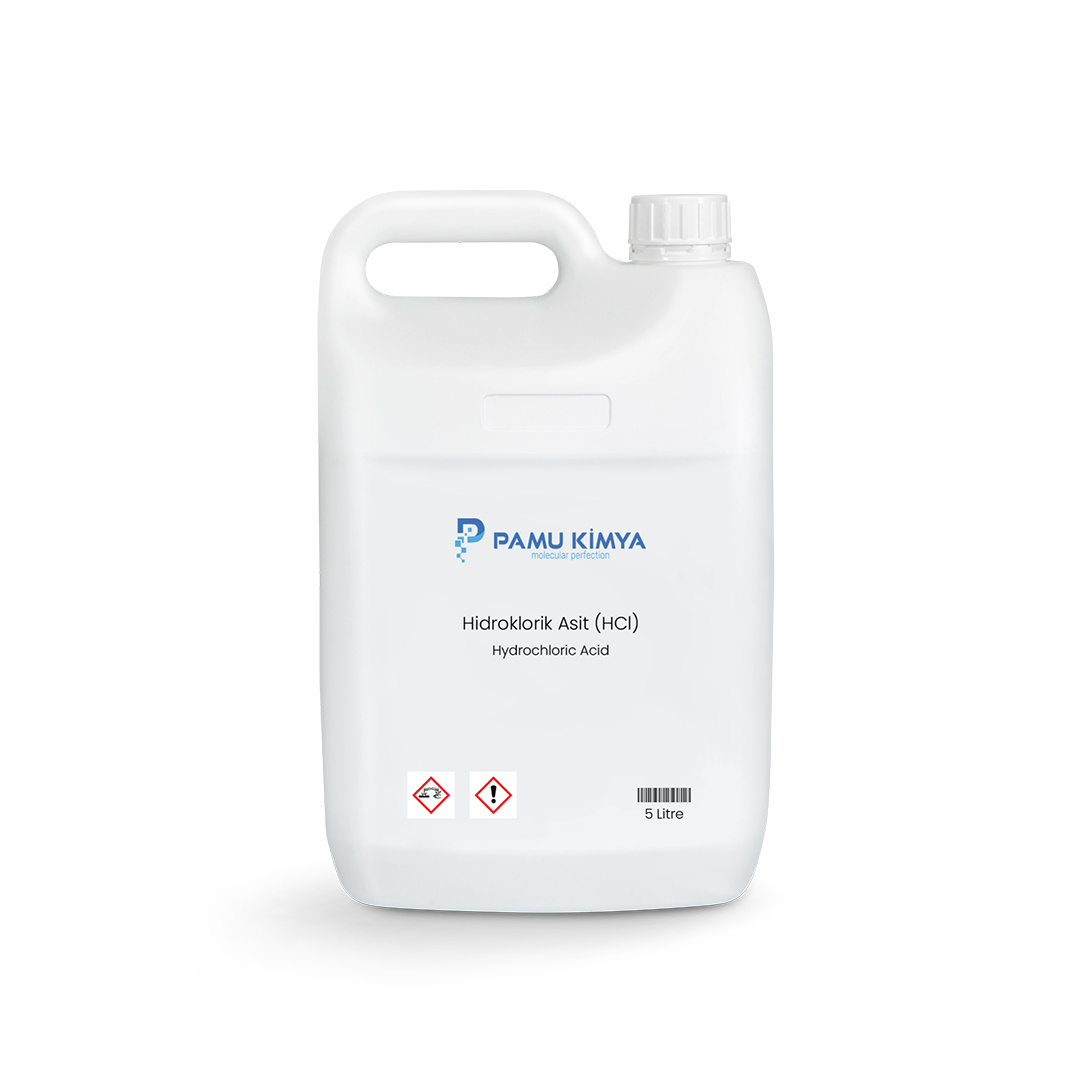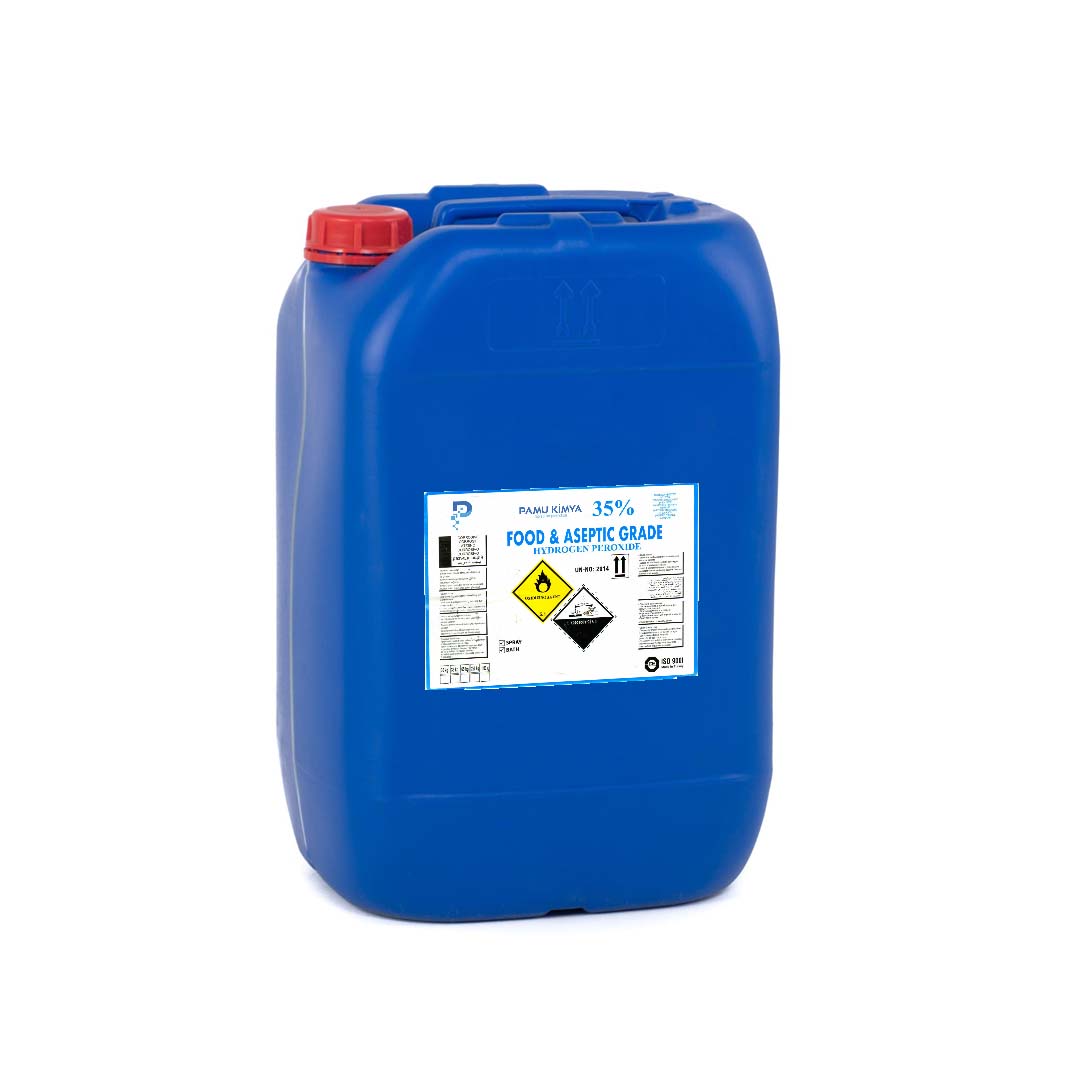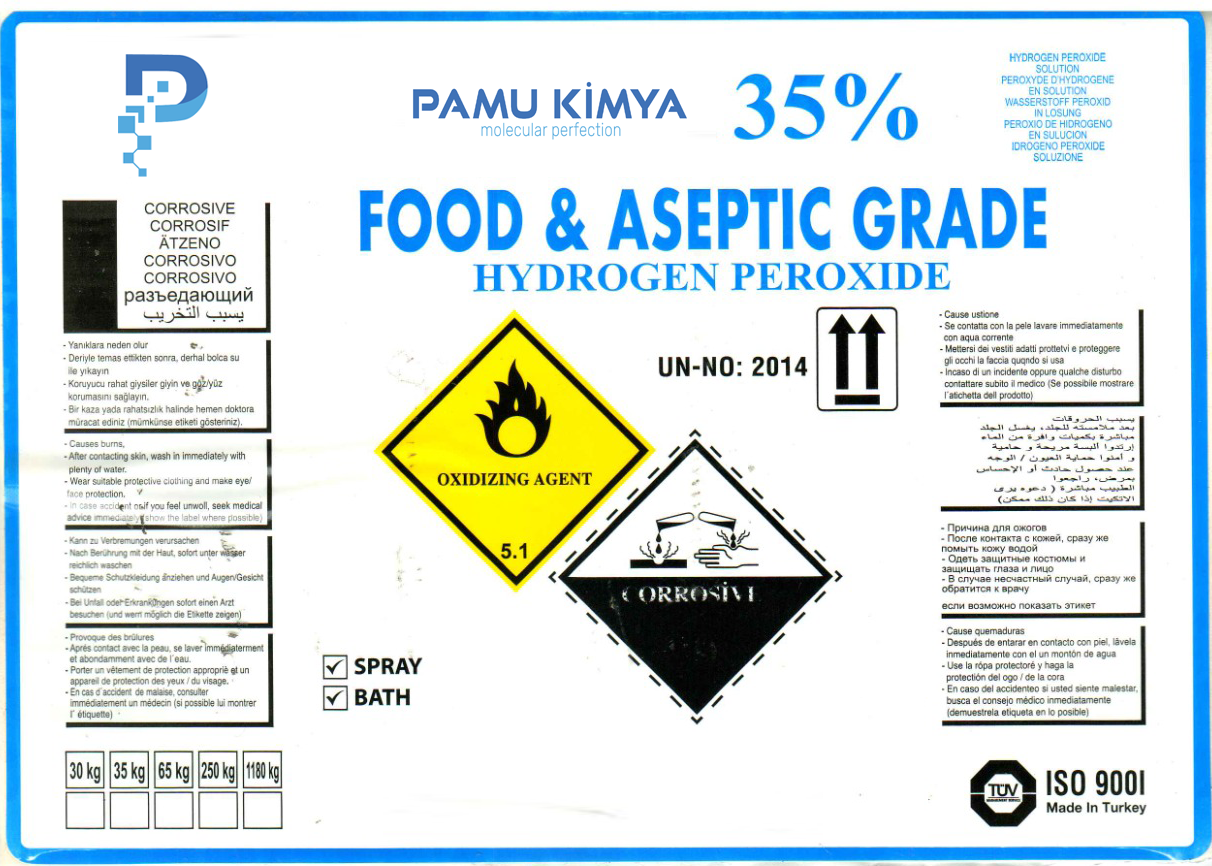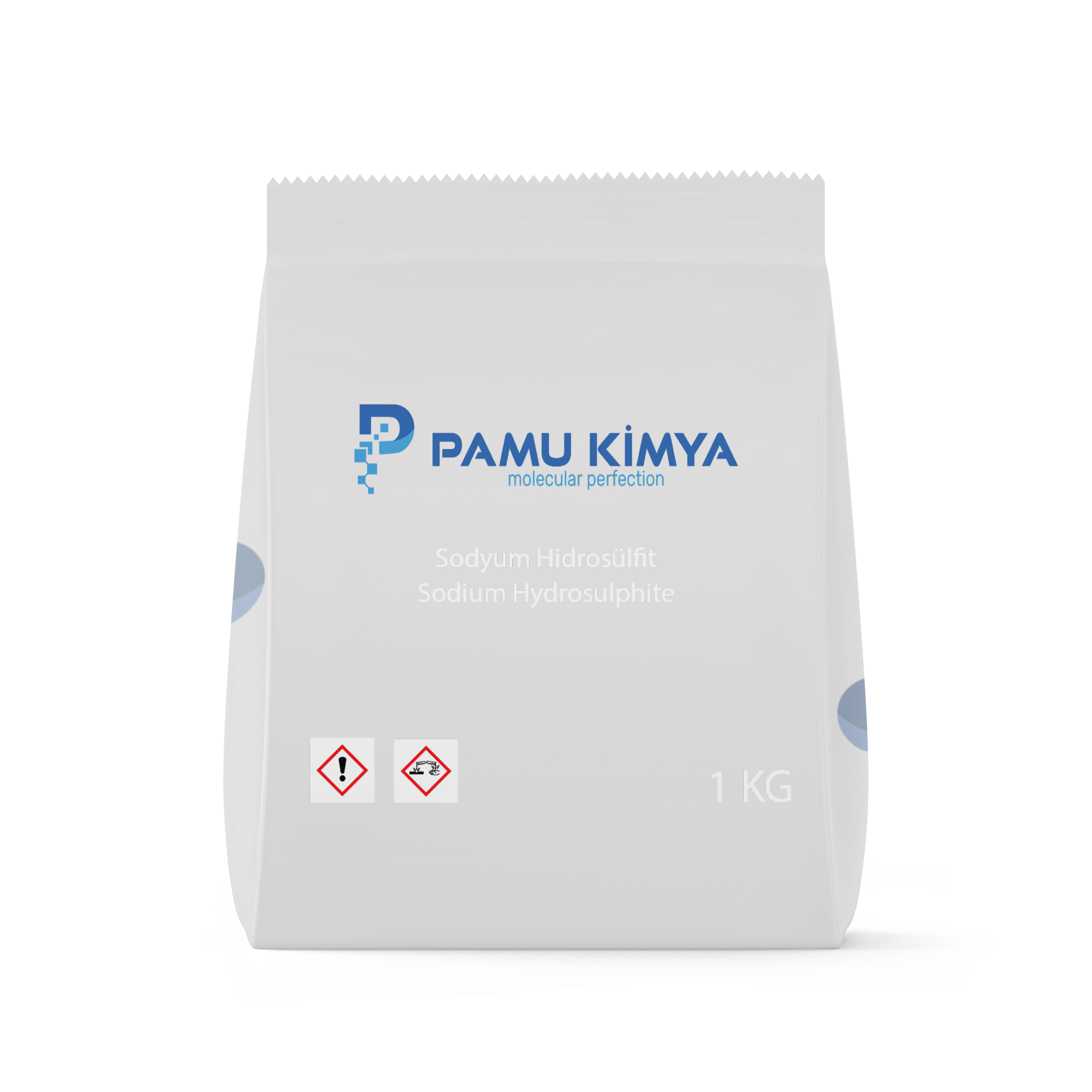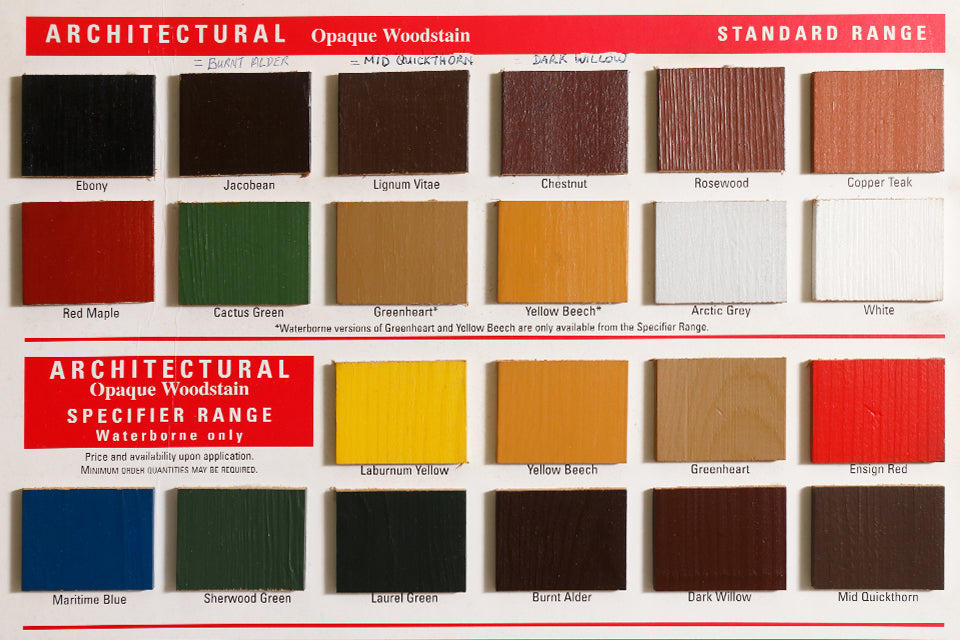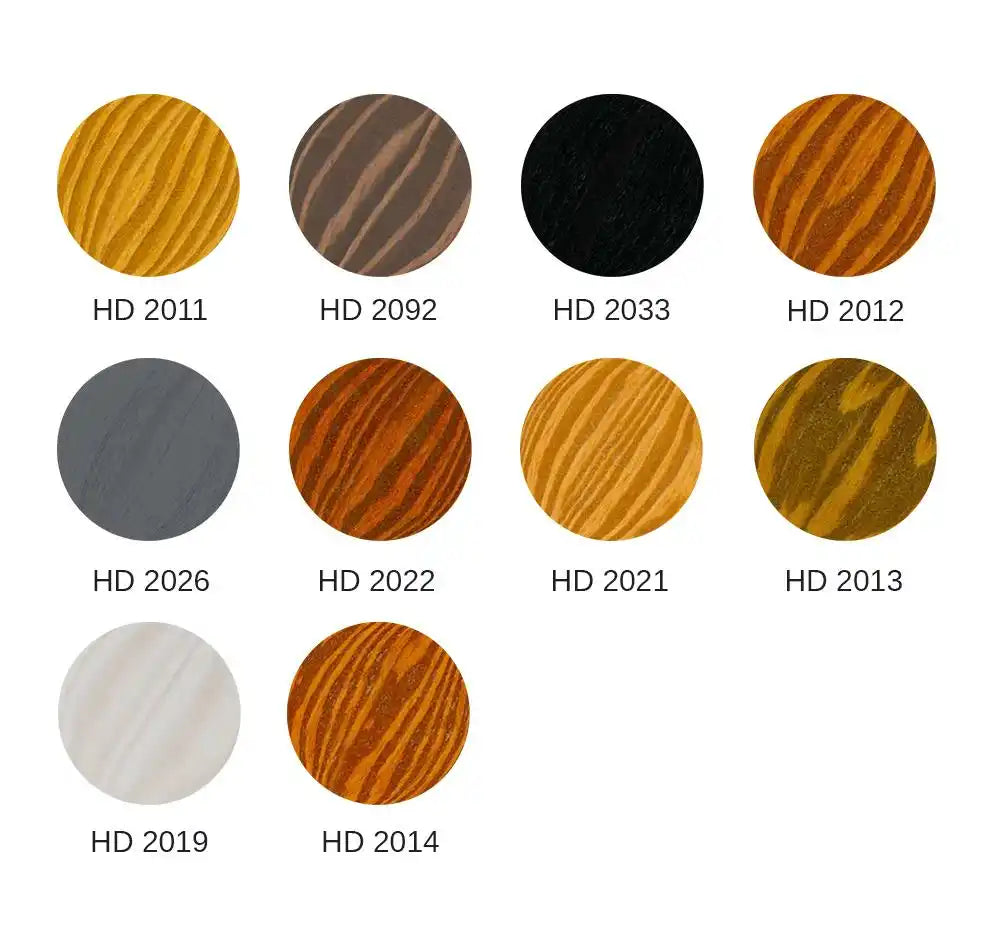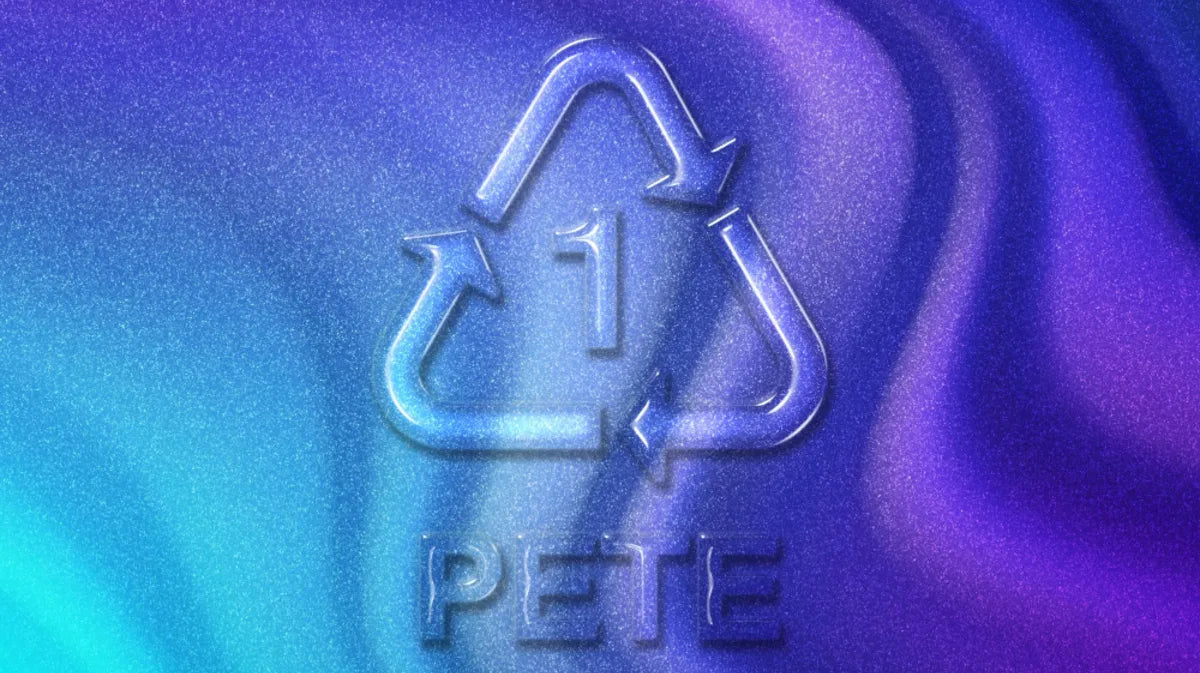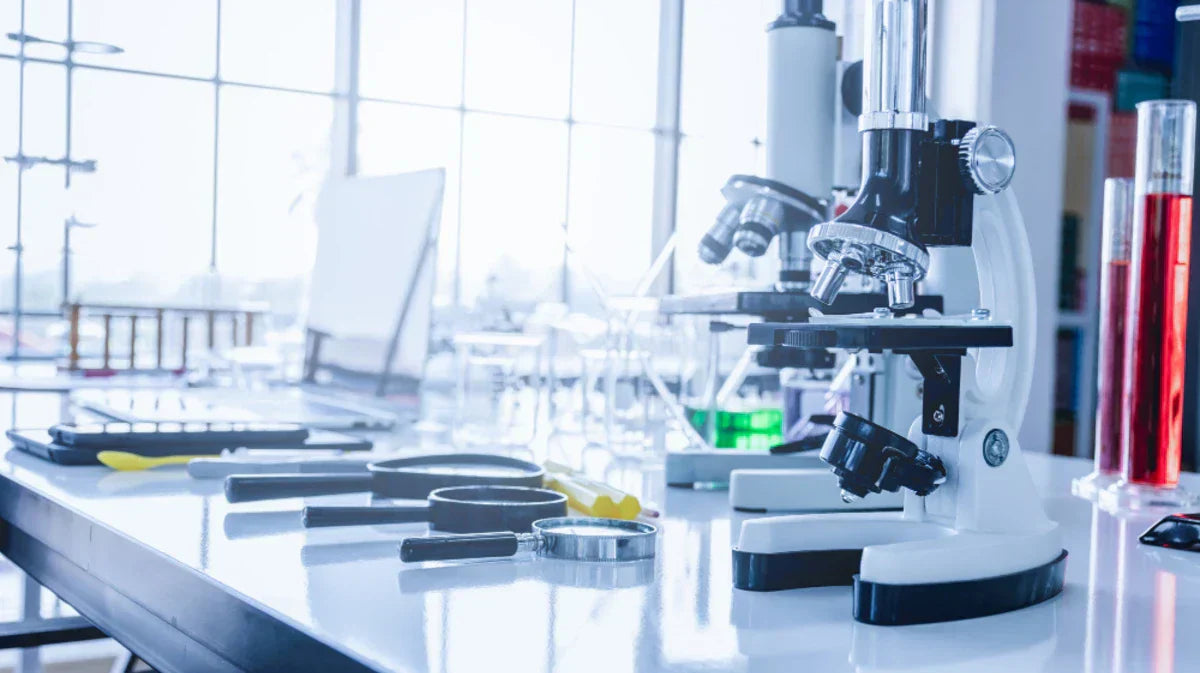
Laboratory Techniques
Basic and Advanced Applications in Chemistry Laboratories
Chemistry laboratories are one of the cornerstones of scientific research, quality control processes and industrial production. In order to obtain reliable and accurate results, it is of great importance to apply the techniques used in the laboratory environment correctly. As Pamu Kimya, we want to guide chemistry professionals by covering the basic and advanced techniques used in laboratory studies in detail.
1. Basic Laboratory Techniques
1.1. Weighing Techniques
In laboratory studies, substances need to be measured precisely. For accurate weighing, the following steps should be taken into account:
-
Make sure the balance scale is calibrated.
-
Place the sample in a suitable container or weighing pan.
-
Be careful to be at eye level when reading the weight of the sample.
-
Place the scale on a stable surface to avoid errors caused by electromagnetic or air currents.
1.2. Solution Preparation
Chemical solutions are the basic ingredients used in many experiments. To prepare the right solution:
-
Determine the solubility of the chemical and the required molarity.
-
Use volumetric flasks or graduated cylinders for precise measurements.
-
Consider the effects of temperature and pressure on solubility.
1.3. Filtration Techniques
Different filtration methods are used to separate liquid and solid mixtures:
-
Gravity Filtration: Used to separate large particles.
-
Vacuum Filtration: Supported by vacuum pumps for fast and efficient separation.
-
Membrane Filtration: Used to filter microscopic particles.
2. Advanced Laboratory Techniques
2.1. Spectrophotometry
Spectrophotometry is a technique that measures the light absorption of substances to determine their concentration. UV-Vis and IR spectrophotometers are usually used.
-
UV-Vis Spectrophotometry: Examines the wavelength-dependent absorption of components in solutions.
-
IR Spectrophotometry: Used to identify functional groups of organic compounds.
2.2. Chromatography Techniques
The main chromatography techniques used for the separation and analysis of chemical compounds are:
-
Gas Chromatography (GC): Used to separate volatile components.
-
Liquid Chromatography (HPLC): Used to separate less volatile compounds.
-
Thin Layer Chromatography (TLC): Preferred for small-scale analyses.
2.3. Titration Techniques
It is a widely used method for determining the concentrations of chemical substances:
-
Acid-Base Titration: Determines the neutralization point of an acid or base.
-
Redox Titration: Analyzes oxidation and reduction reactions.
-
Complexometric Titration: Used in the determination of metal ions.
3. Laboratory Safety and Hygiene
Working safely in a laboratory environment is critical to both the health of workers and the accuracy of experiments:
-
The use of personal protective equipment (PPE) is mandatory.
-
Care should be taken to ensure safe storage of chemicals.
-
Waste management protocols must be followed.
-
Emergency procedures must be known by every laboratory worker.
Conclusion
Laboratory techniques are methods that must be applied carefully in order to obtain accurate and reliable results. As Pamu Kimya, we continue to guide you by following the best practices in the sector. You can follow our blog or contact us to get more information about the techniques used in chemistry laboratories!
Pamu Kimya – Your Address for Reliable Chemical Solutions



